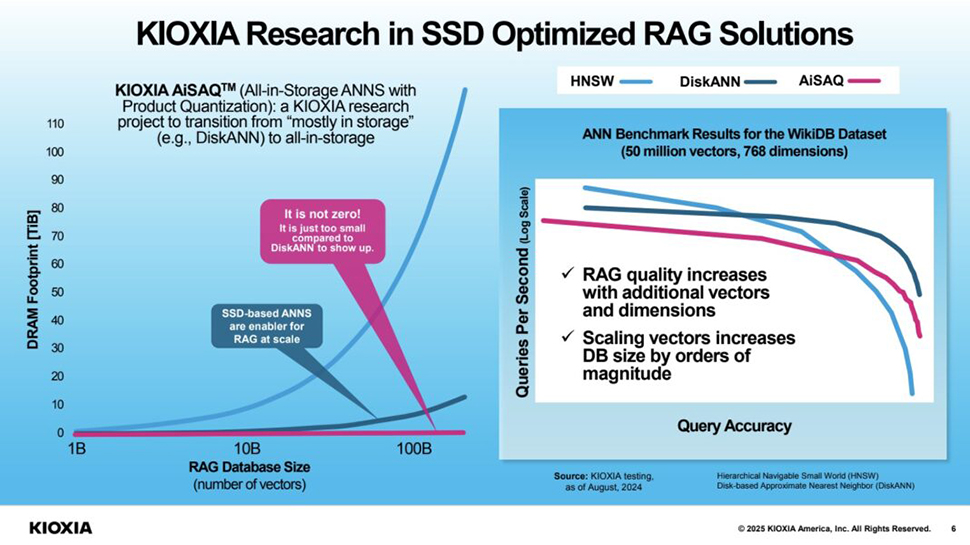- Getac ZX10 rugged slate is aimed at professionals working in challenging outdoorenvironments
- It uses a Qualcomm CPU with a NPU, making it ready for AI workloads
- It has hot swappable batteries and is IP66 certified - but you can't use it underwater
Rugged phones and tablets are increasingly providing features beyond just durability. Some rugged devices include thermal scanners, camping lights and even laser projectors, while many now come with giant batteries that can last for weeks between charges.
Getac, which has been making rugged computer products for over 30 years, has unveiled its latest tablet, the ZX10, a 10-inch fully rugged Android device built specifically for professionals who work in tough environments, so it’s all about strength and reliability rather than non-essential features.
Designed for industries like public safety, utilities, and logistics, the tablet is built to last with MIL-STD-810H and IP66 certifications, protecting it from drops, dust, and water. It works in temperatures from -29°C to 63°C, and in heavy rain (but not underwater) and weighs only 906g, making it the lightest rugged tablet of its size.
Hot swappable batteries
The ZX10 is powered by Qualcomm’s QCS6490 processor and NPU, which should provide strong performance and support for advanced AI tasks without using too much power. It comes with 8GB LPDDR5 memory and up to 256GB of storage. The bright 1,000 nits LumiBond screen can be used in sunlight, rain, or with gloves. There is also an option for a stylus and digitizer for more accurate input.
Connectivity is provided in the form of Wi-Fi 6E and Bluetooth 5.2, and it has dual SIM support (Nano SIM and eSIM) and optional dual-band GPS for quick data transfer and precise location tracking. Other options include 4G LTE, 5G Sub-6, NFC, and barcode scanning.
The ZX10 comes with two batteries that can be swapped during use to avoid downtime, and customers can choose a single-battery setup for use in vehicles or a high-capacity battery.
Running Android 13, the ZX10 is Android Enterprise Recommended, with security updates and feature improvements for five years. Getac says it will support three Android OS upgrades for the device.
“For field-based professionals, device weight can have a significant impact on productivity, particularly when carrying and/or operating it for extended periods of time,” says James Hwang, President of Getac Technology Corporation.
“Not only is the next generation ZX10 the lightest 10-inch fully rugged tablet currently available on the market, but its powerful combination of AI-ready performance, extensive configurability, fully rugged reliability, and intuitive Android OS makes it one of the most versatile as well.”
The ZX10 works with Getac’s Essentials Suite for improved productivity and it is available to buy now, with pricing available on request.
You might also like
- These are the best business tablets you can buy right now
- And these the best business smartphones for every budget
- This obscure rugged tablet beats Samsung, Apple iPad feature-wise
